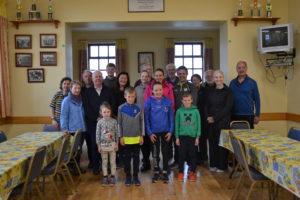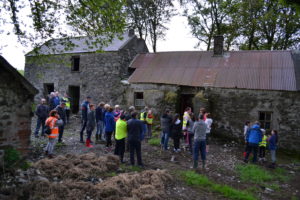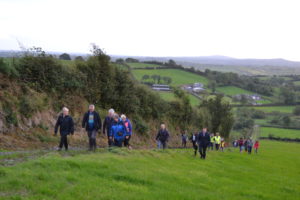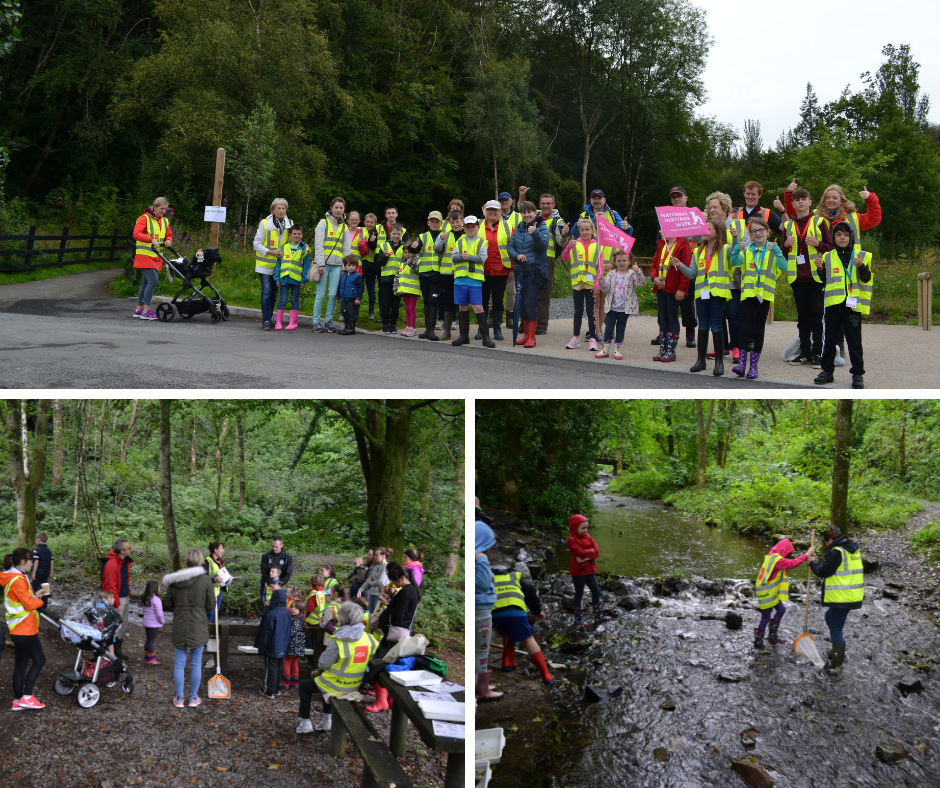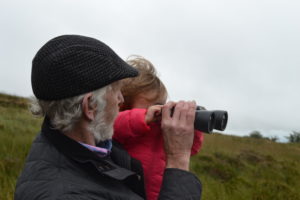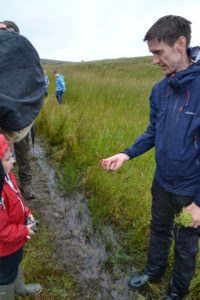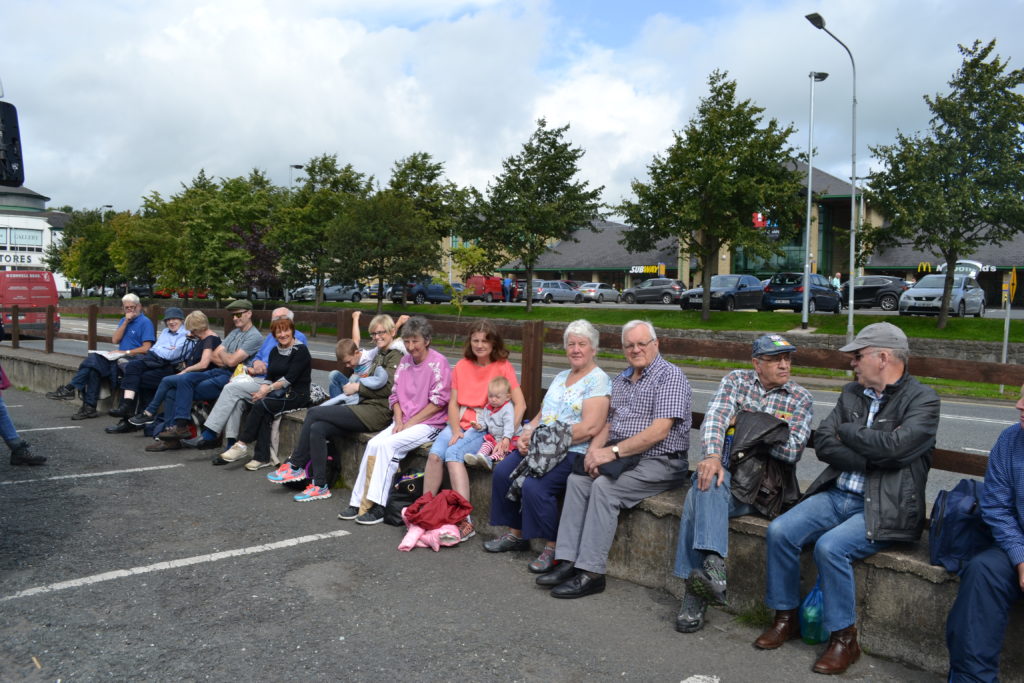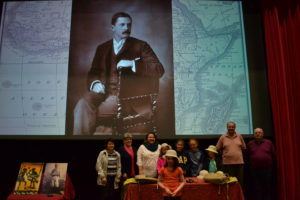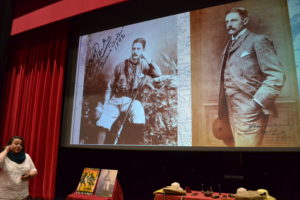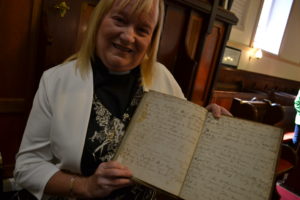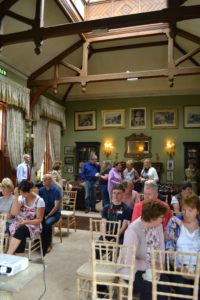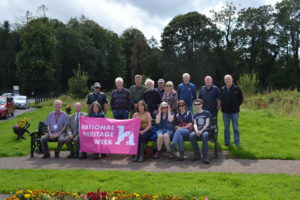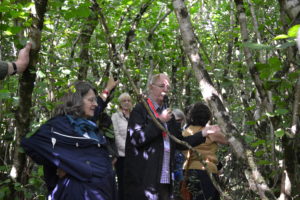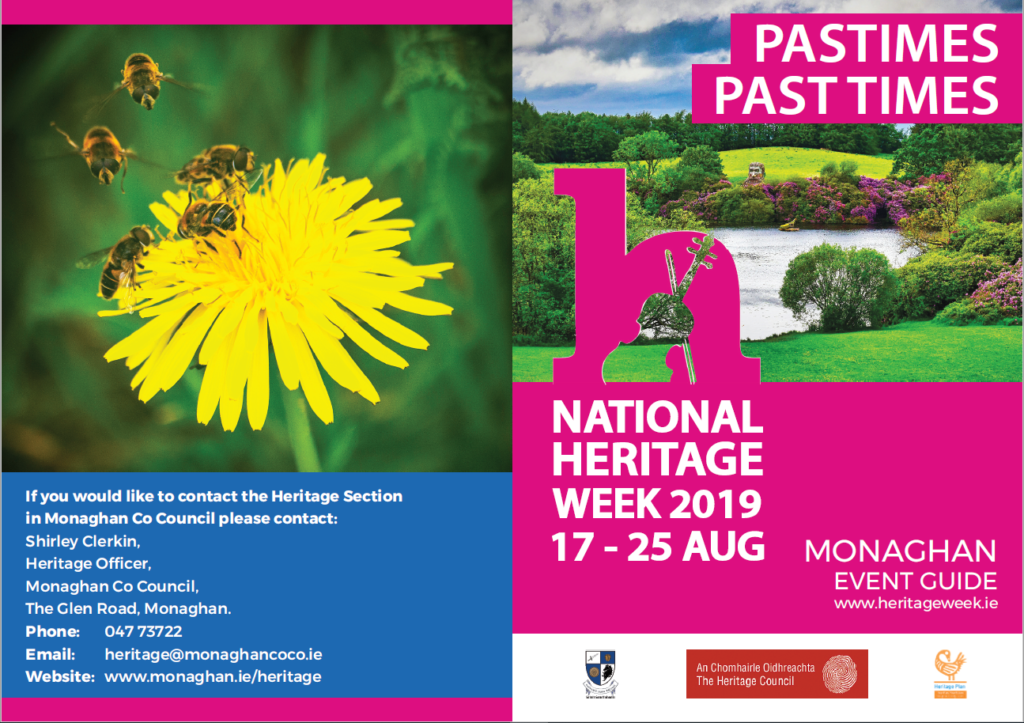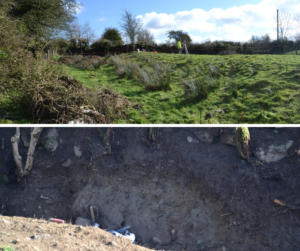Fitting in with the Heritage week theme of past times, the traditional skills day in Monaghan highlighted the world of work when a “hands-on” approach was required.
Blacksmith Peter Cassidy kept his fire going all day, using an enormous hand pumped bellows. On the request of one of the vintage enthusiasts present, he forged some brackets and pins from salvaged wrought iron.
These will be used to repair an old cart. He demonstrated his skills including forge welding, and shaped and cut iron all day with ease.
Seamus Cassidy demonstrated wood carving on his lath, a very skilful craft which requires time and patience to learn. He showed some beautiful stools and bowls.
Eddie McGrath, basket maker, brought plenty of willow with him to make baskets and even bird tables.
Benny and Mary McCabe arrived in their vintage Ford Escort and truck. A gorgeous Ford Cortina was also on display.
A Carrickmacross lace demonstration – now registered on the intangible heritage inventory for Ireland, and storytelling were held inside.
Providing some horsepower for the event was Dandy the cob, there with his owner Caoimhe.
A group of experts demonstrated “letting out the rope” – this is when someone twists a bag of hay into a rope to tie around corn as it dries.
You have to literally let the rope out of the bag. The rope was then used for skipping, briefly and badly by the heritage officer.
Traditional music from the McCagues and Irish dancing complimented all the other activities.
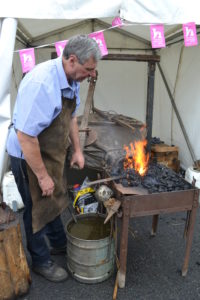
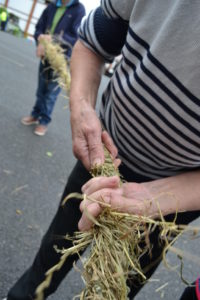

Notes:
Thanks to everyone who attended and helped out. Thanks to the Civil Defence and to Gavin Duffy Park.
Benny and Mary McCabe are holding a vintage day in aid of Crocus on the 15th September.

